La citrouille décorative est bien plus qu'un simple symbole d'automne. Cet humble cucurbitacée a traversé les siècles...
What is the flower of life? Spirituality objects and guidance on order!
Find the article on the flower of life under the video.
Here are the objects that I can make to order, do not hesitate to contact me for any request for information:
- Flower of life and chakras tray 21 cm: €20
- 25 Viking runes in their golden pouch: €15
- Flower incense holder: €5 Elongated incense holder: €8
- 7 4 cm colored chakra medallions: €25
- 7 Chakra medallions 4 cm colored with natural stones: €30
- Astrological sign card game: €15 (small stock available)
Video on YouTube : https://www.youtube.com/@larentiam.creation
The Flower of Life: an ancestral geometric pattern
The Flower of Life is a sacred geometric symbol composed of several circles interlocking with each other to form a flower with six petals. This motif is found in many cultures around the world, from ancient Egypt to India, including Greece and Israel. Its exact origin remains unclear, but its presence in civilizations so distant in time and space suggests a universal and timeless character.
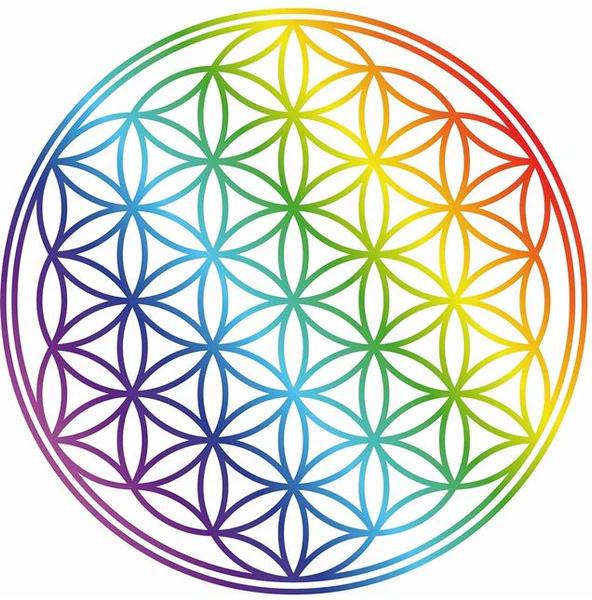
A representation of creation
The Flower of Life is often interpreted as a representation of creation. Each circle represents a sphere, an atom or a world, and the whole symbolizes the interconnection of all things. This geometric pattern is considered a matrix of life, containing the blueprints of everything that exists.
The multiple meanings of the Flower of Life
Over the centuries, the Flower of Life has acquired many meanings, often linked to the following concepts:
- Sacred Geometry: The Flower of Life is considered an expression of sacred geometry, which explores the harmonious shapes and proportions found in nature and the universe.
- Creation: The Flower of Life motif is often associated with creation myths, representing the cosmic order that emerges from initial chaos. Life and Evolution: Interlocking circles symbolize the cycles of life, growth and transformation.
- Unity and interconnectedness: The Flower of Life expresses the idea that everything is connected and part of a unified whole.
- Divine perfection: This symbol is often associated with the divine and the perfection of creation.
The Flower of Life in different cultures
- Ancient Egypt: The Flower of Life was discovered in many Egyptian temples, where it was associated with the gods and creation.
- Kabbalah: In Jewish tradition, the Flower of Life is linked to the Tree of Life, a diagram representing the ten sephiroth, the emanations of God.
- India: In India, the Flower of Life motif is present in temple architecture and is associated with sacred Vedic geometry.
The symbolism of colors
The color attributed to the Flower of Life can influence its meaning and its impact on those who contemplate it. Here are some examples:
- Gold: Gold is often associated with the divine, spirituality and perfection. A golden Flower of Life can represent inner light and connection with the cosmos.
- White: White symbolizes purity, simplicity and new birth. A white Flower of Life can be associated with a new beginning or spiritual purification.
- Black: Black represents the unknown, mystery and depth. A black Flower of Life can evoke the most secret aspects of the soul.
- Rainbow Colors: The colors of the rainbow are often associated with the chakras and life energy. A multi-colored Flower of Life can represent harmony and balance between different aspects of being.
The Flower of Life today
Today, the Flower of Life is a very popular symbol, particularly in esoteric and spiritual circles. It is used in decoration, jewelry, and as a motif for tattoos. Many people wear amulets or jewelry representing the Flower of Life, believing in its protective and harmonizing virtues. The Flower of Life is much more than a simple geometric pattern. It is a universal symbol that evokes creation, unity and perfection. Its power lies in its ability to connect us to something greater than ourselves and remind us of our place in the universe.

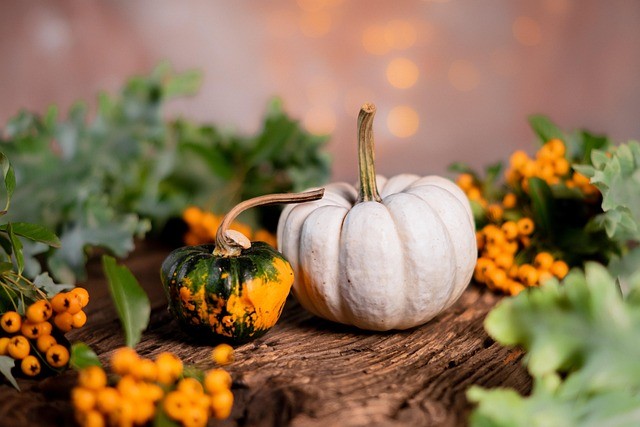

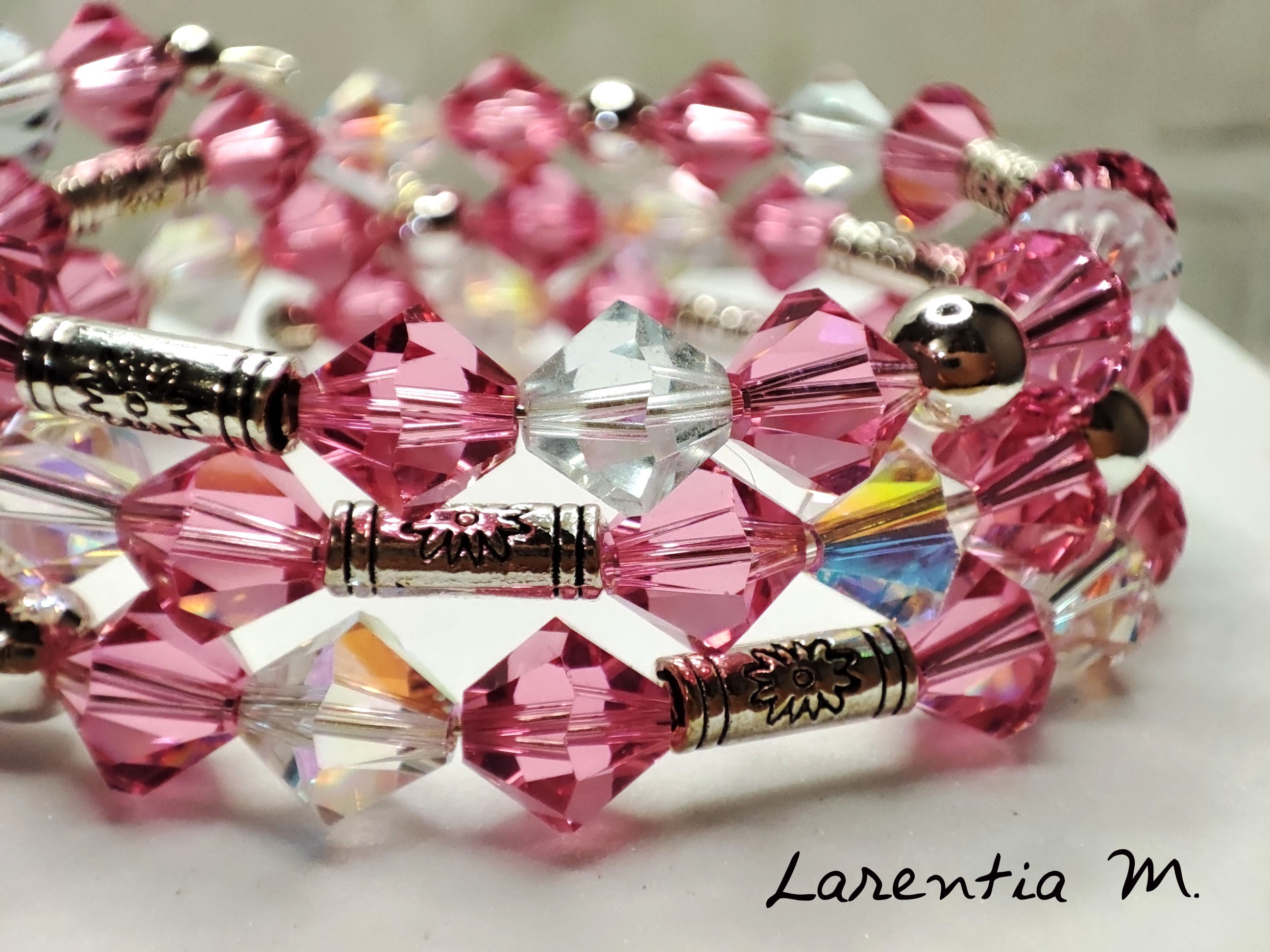
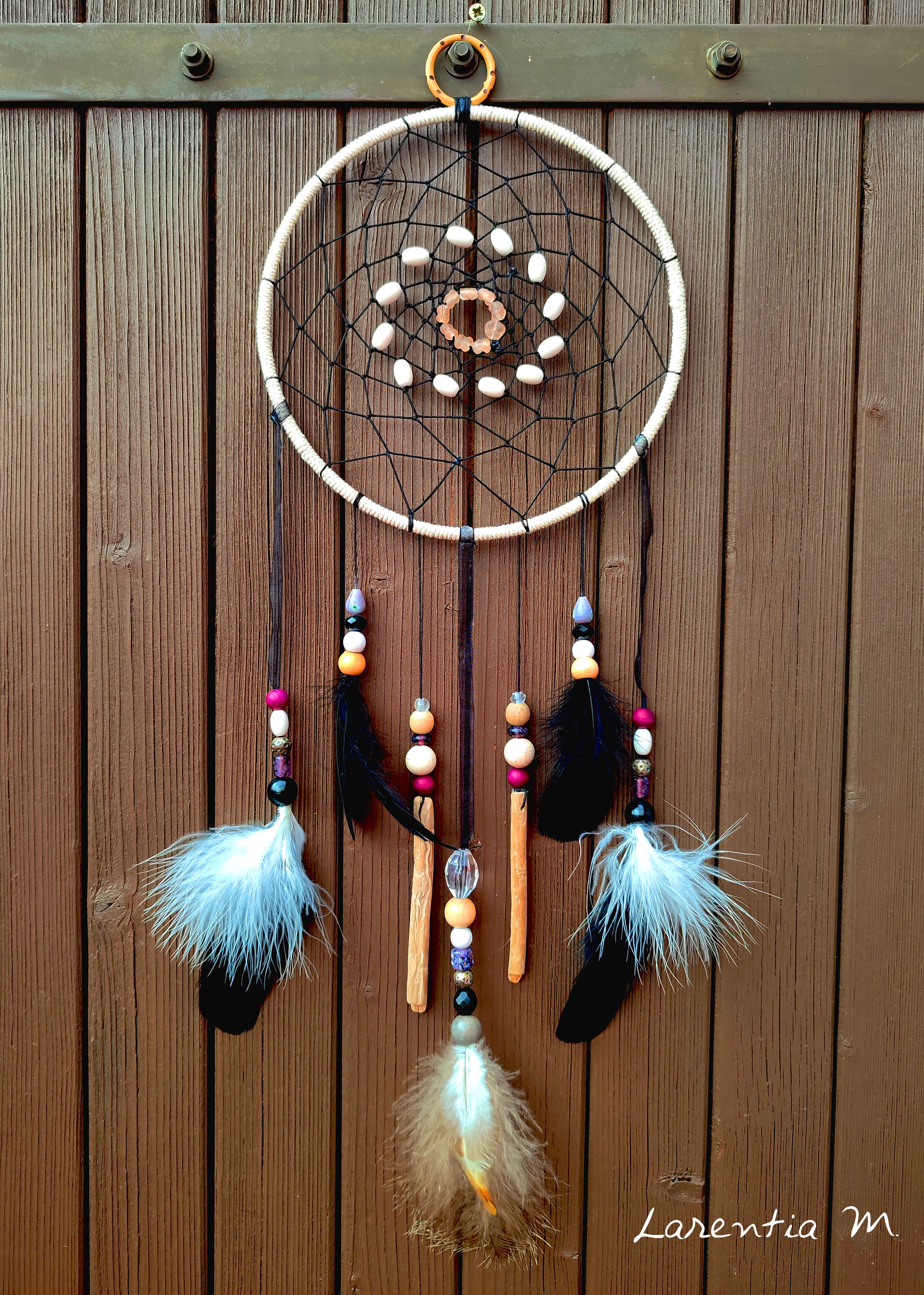
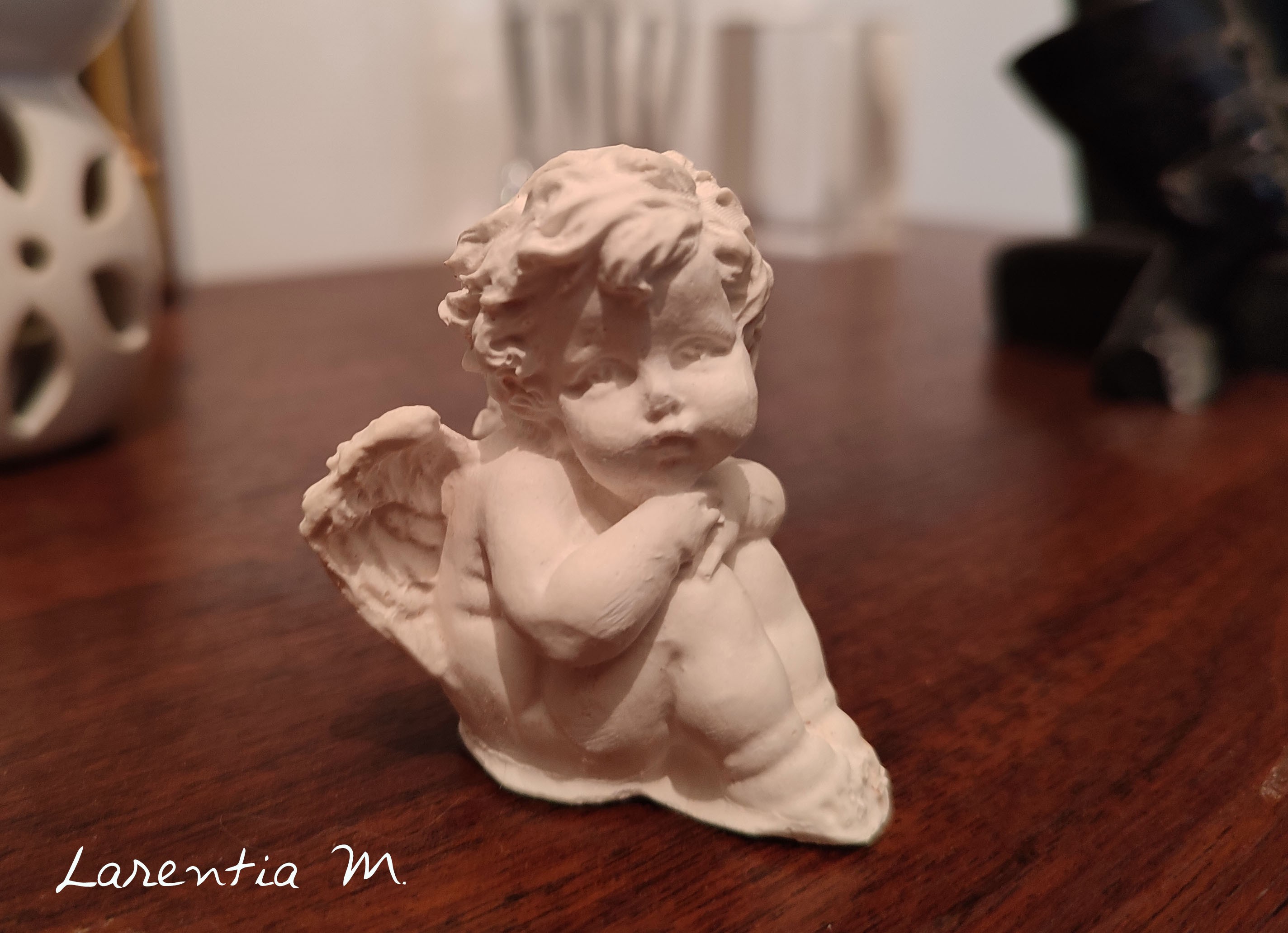
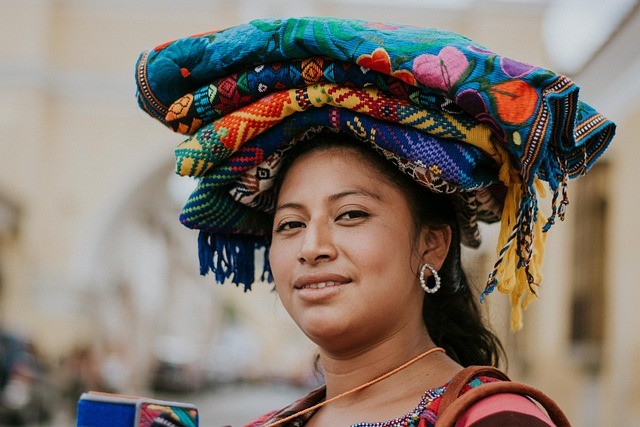
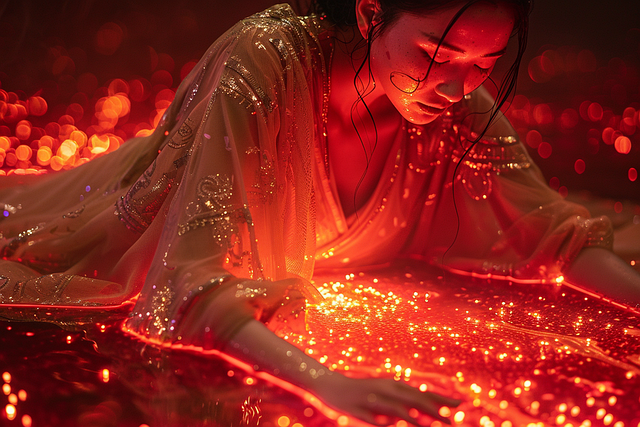
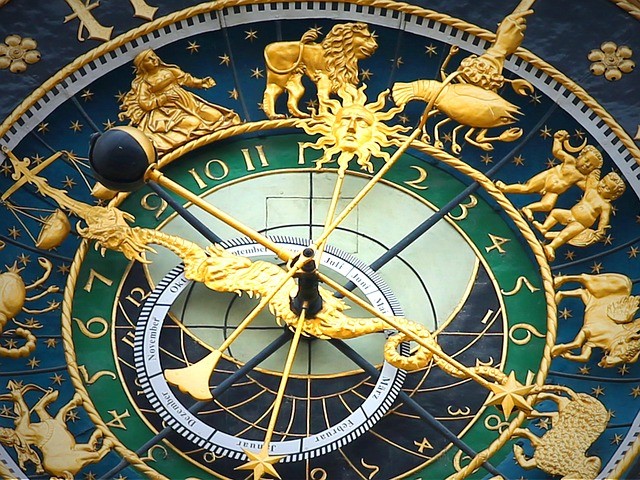
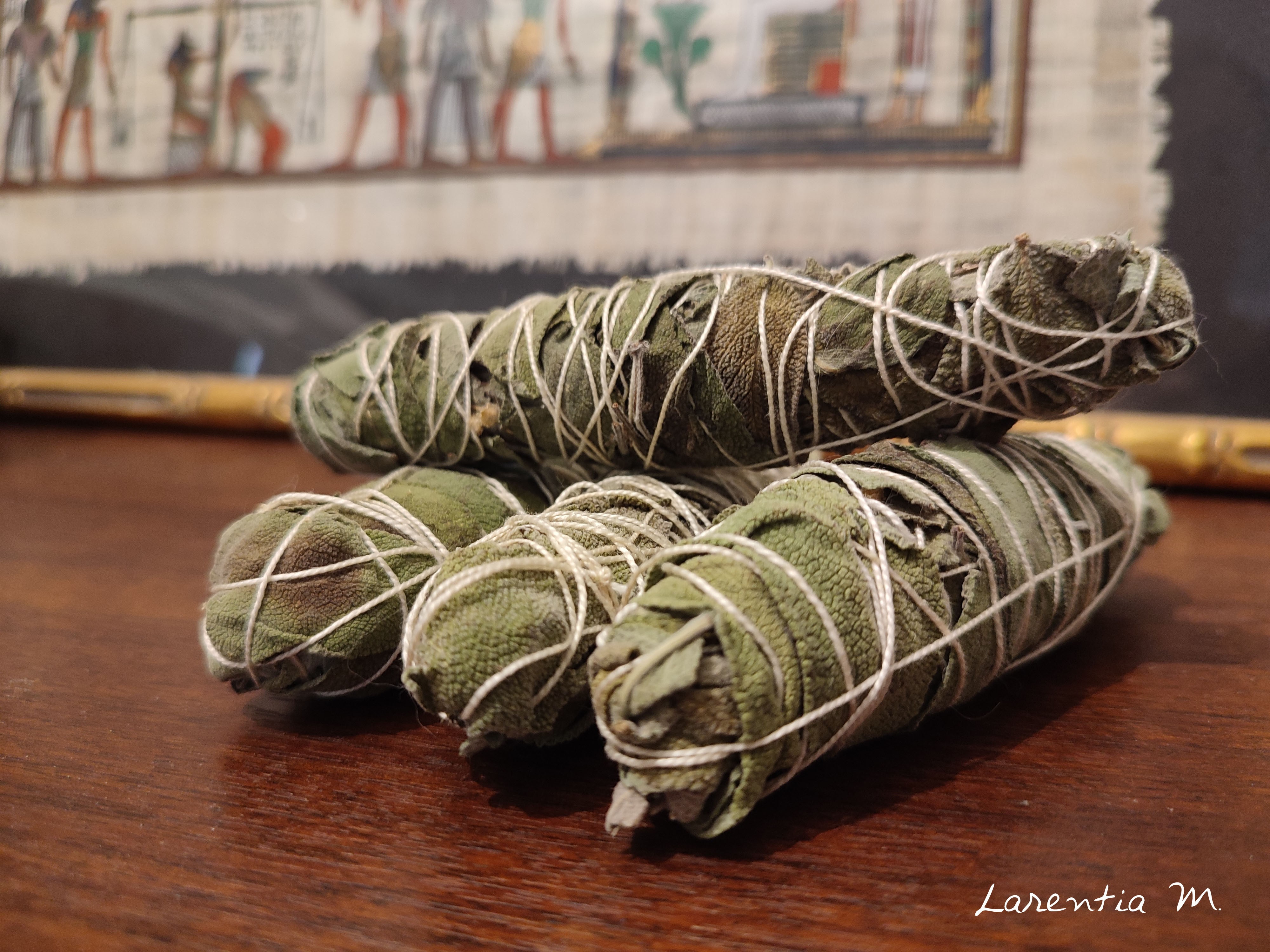
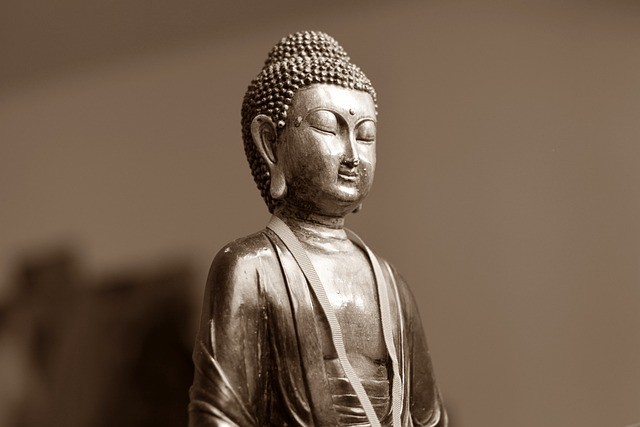

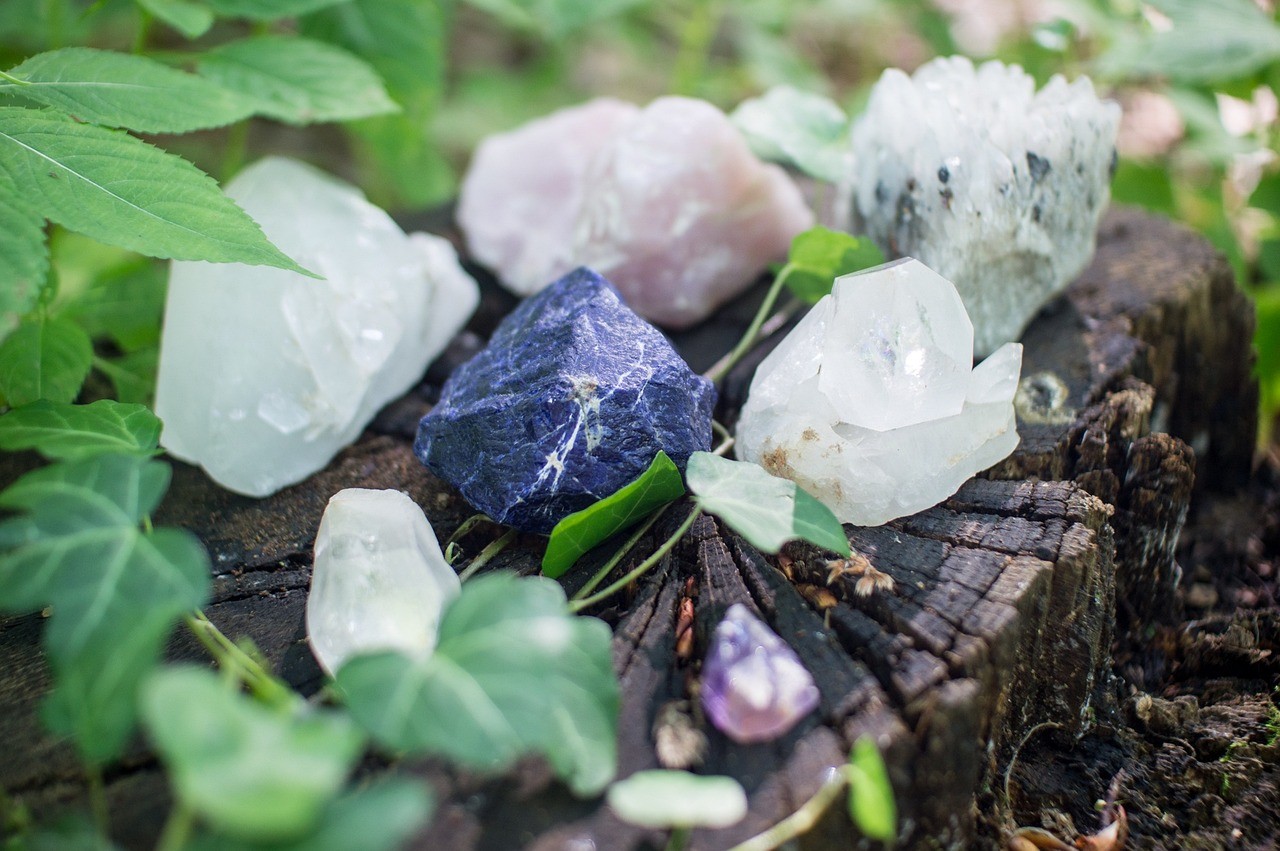
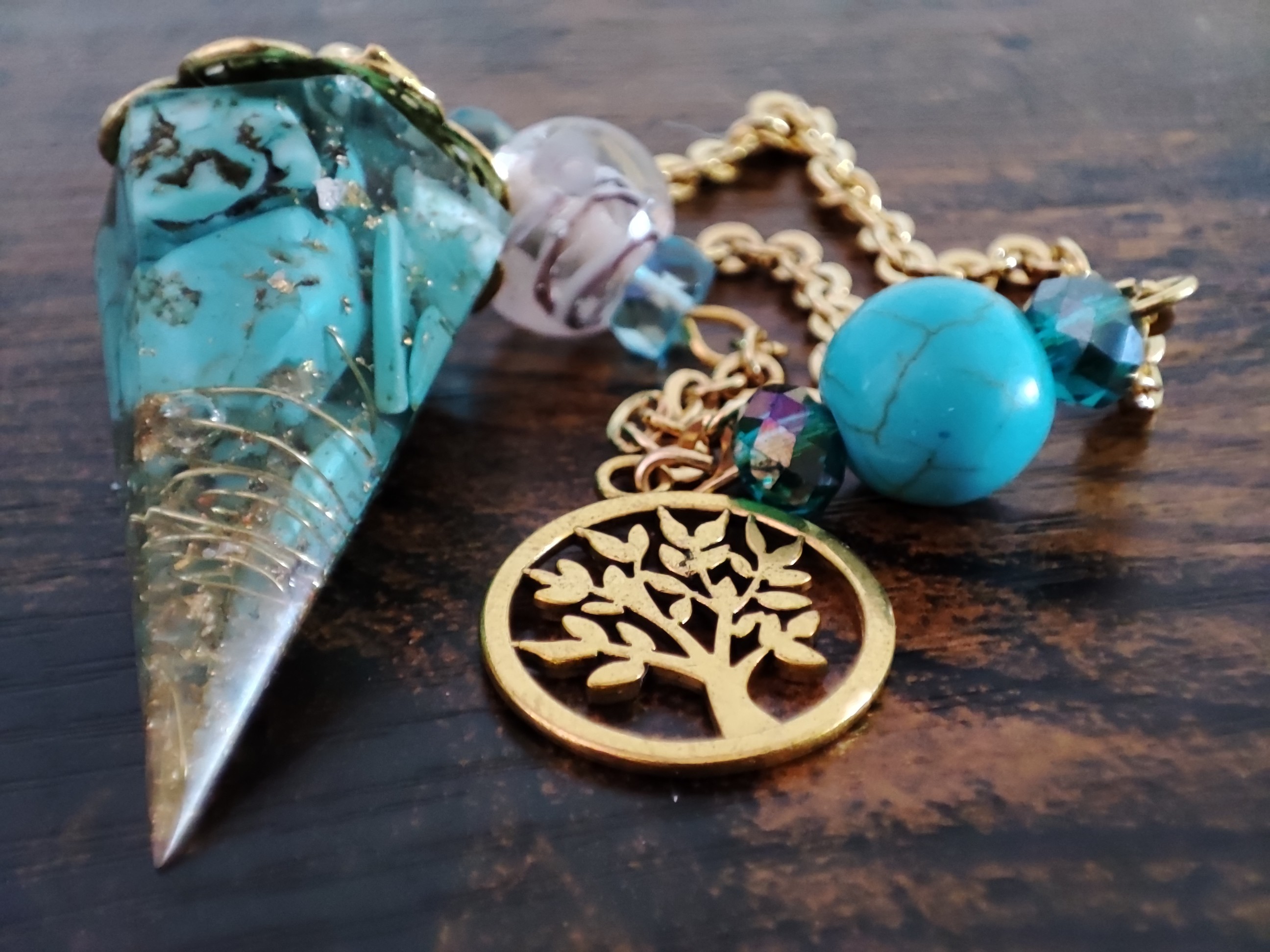
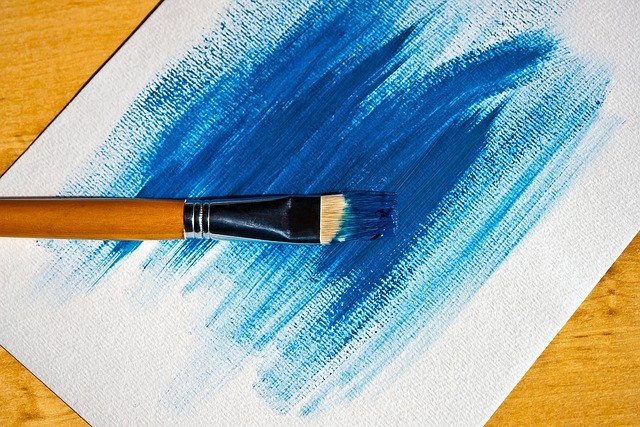
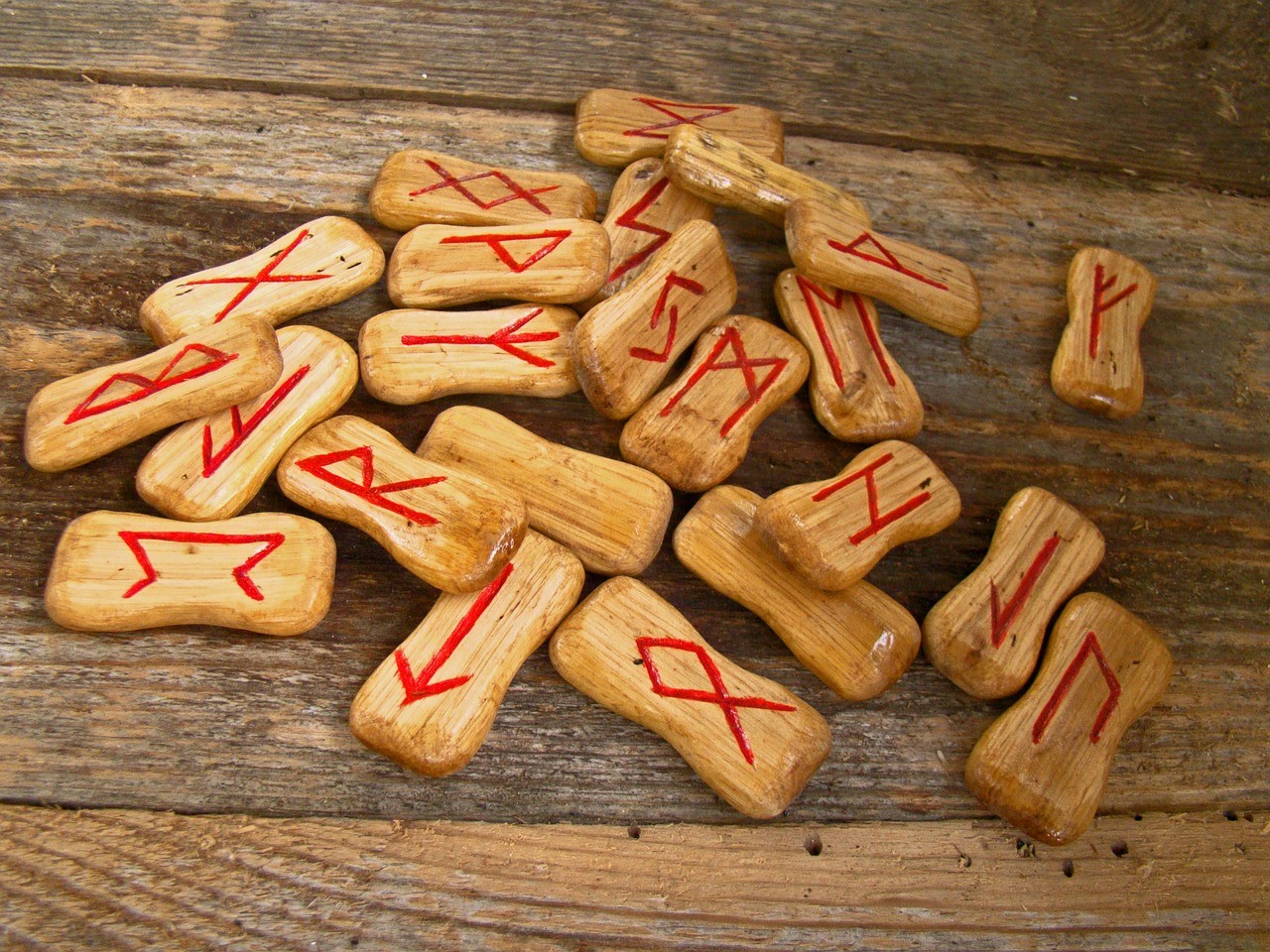
Leave a comment